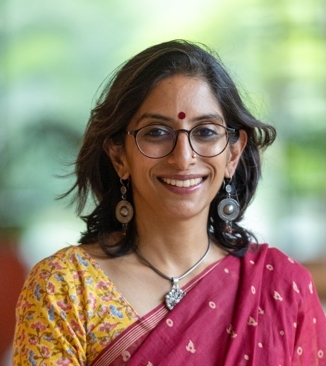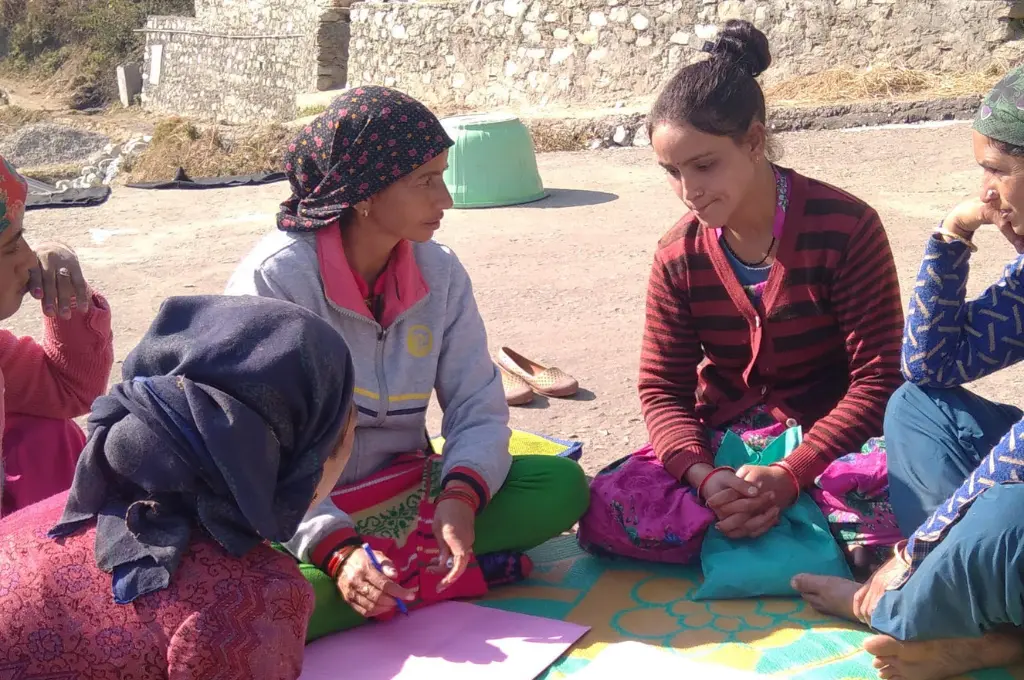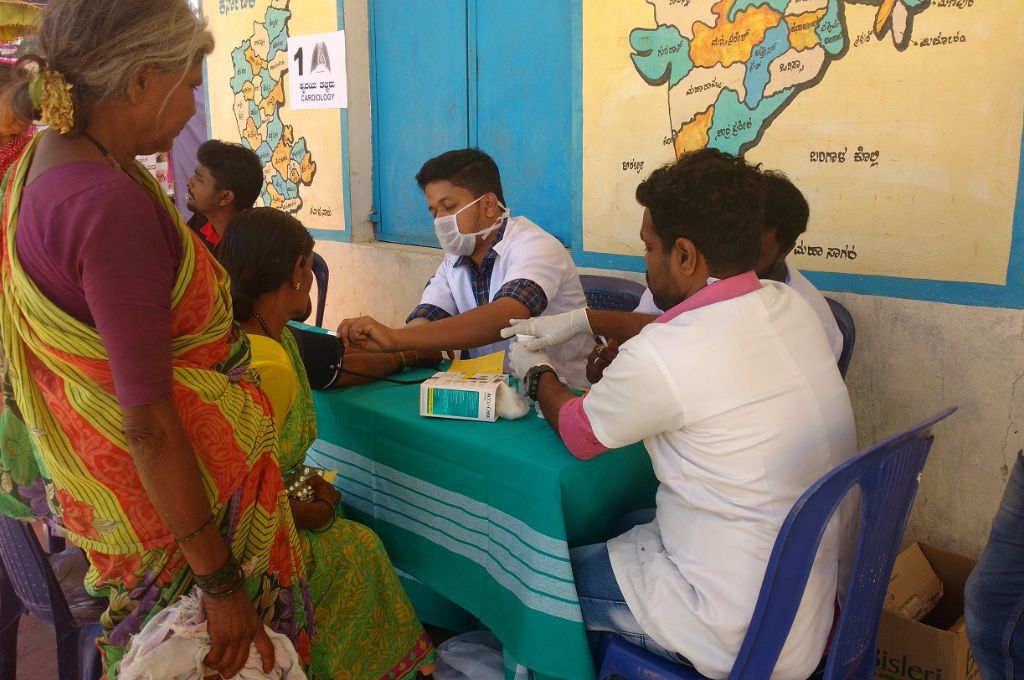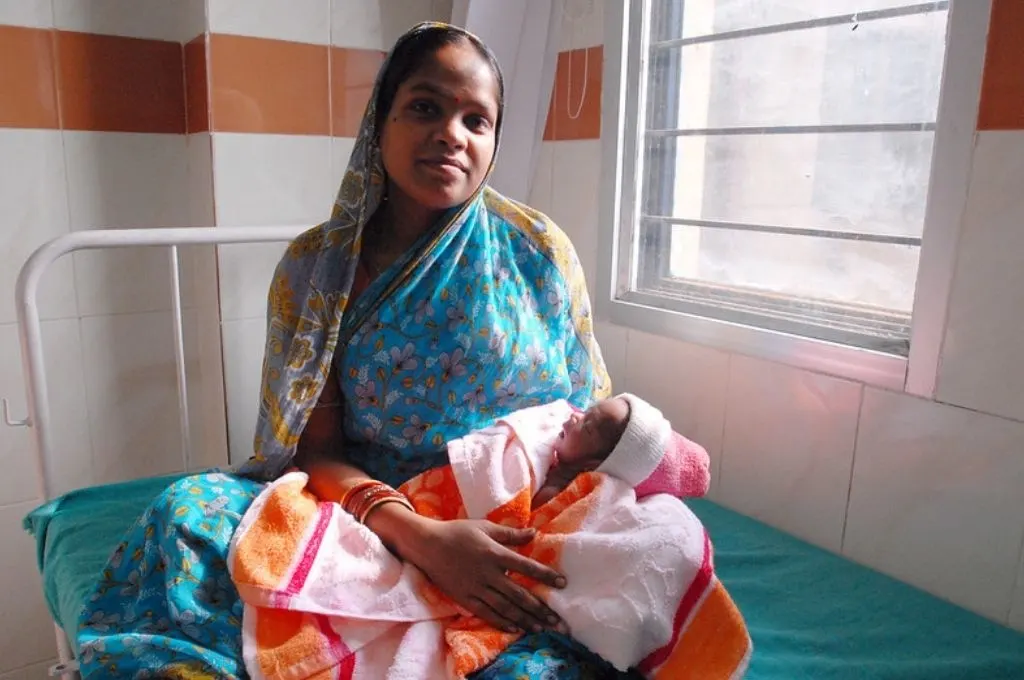Public health programmes for women in India have predominantly centred on family planning, maternal health, and safe childbirth, and for good reason. Over the past decade, there has also been progress in menstrual hygiene management interventions for adolescents. Additionally, national programmes for non-communicable diseases (NCDs), cancers affecting women, and mental health are being implemented under the National Health Mission (NHM) to support screening, early detection, and treatment.
However, it is striking that menopause has been overlooked and left unaddressed, even though it is linked to these health issues and more. For women to lead healthy, active, and productive lives after menopause, a public health response should be formulated to support them before, during, and after this transitional phase.
While menopause signals the natural end of the reproductive years, women can live a third of their lives—or even longer—beyond it. Studies across rural and urban India, though limited, show that women experience a range of menopausal symptoms, including fatigue, hot flashes, night sweats, joint pain, sleeplessness, and mental health concerns. Anecdotal evidence suggests that they rarely seek care or support to manage these symptoms and related conditions, often due to stigma, limited awareness, and a culture of silence about women’s bodies and their health in general.
Further, NCDs and medical treatments such as hysterectomies are associated with menopause, but few women have information or awareness of how these procedures or ailments are related to or affect their health, reproductive or otherwise.
Early age of menopause in India
Research and media reports have flagged concerns over the early age of menopause in India, especially since it makes women susceptible to chronic health risks, including NCDs and osteoporosis. Indian women experience menopause at 46.6 years of age on average. This is in line with data suggesting that women in low- and middle-income countries (LMIC) face it in their mid to late 40s—whereas their counterparts in high-income countries experience it later in their early 50’s. The reasons for this difference are still being understood.
Women experiencing early menopause are often from poorer economic backgrounds, have low levels of education, and live in rural areas.
A number of factors affect the age at menopause, including the age at menarche (the first occurrence of menstruation), genetics, reproductive history, lifestyle, socio-economic status, health conditions, and medical treatments.
Recent research from India reveals that an estimated 5 percent and 3 percent of women in rural and urban areas respectively experience early menopause, i.e., menopause before the age of 40 years. Studies point to potential factors underlying these findings—women experiencing early menopause are often from poorer economic backgrounds, have low levels of education, and live in rural areas. Reproductive history may also play a role; women who had their first and last child at a younger age (18 years and below for the first child and 21 years for the last child) and those with five or more children may go through early menopause.
There is need to explore pathways by which socio-economic factors (such as education and income levels) and biological factors (such as early childbearing and multiple births) affect the age at menopause, especially at younger ages.
Worryingly, hysterectomy is a key driver of early menopause in India. Hysterectomy, especially with oophorectomy (removal of one or both ovaries), immediately pushes a woman into menopause. The overall prevalence of hysterectomy is 9.7 percent among women aged 40–49 years, and 3.3 percent among 30–39-year-old women. States such as Telangana, Andhra Pradesh, and Bihar have a higher prevalence of hysterectomies for women in their mid-30s. Age at hysterectomy also tends to be lower for women from rural areas (34 years), those with no education or primary education (33 years), and those from low- and middle-income backgrounds. These findings indicate a need to track the age at which hysterectomies are carried out, the reasons for these procedures (for instance, fibroids, heavy menstrual bleeding, cancer), and how they shape women’s menopausal transition—especially at younger ages.
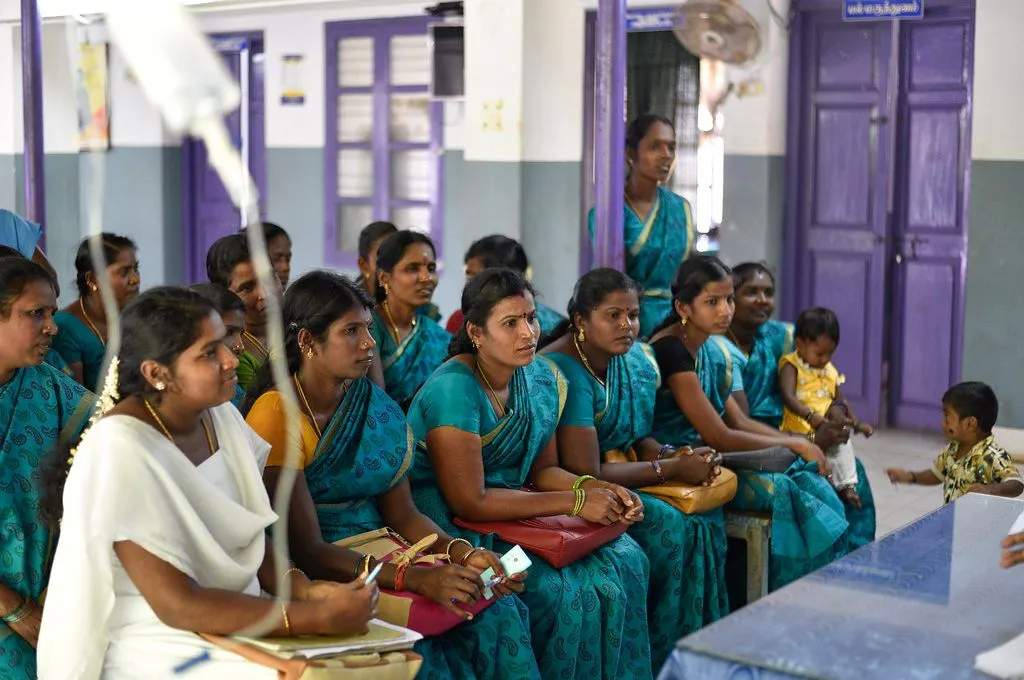
Risk of NCDs and chronic diseases
During perimenopause and menopause, women’s bodies produce significantly lower amounts of oestrogen, a vital hormone that shapes overall health. As oestrogen levels drop, women become more susceptible to chronic health risks such as cardiovascular disease, reduced bone density, and osteoporosis. This is relevant because the prevalence of NCDs is increasing in India, with a higher rate among women (62 per 1,000 women) than men (36 per 1,000 men). Cardiovascular diseases are already a leading cause of death among Indian women. Studies also suggests that hysterectomies are associated with diabetes, hypertension, and joint disease. The menopause transition, therefore, has implications for NCDs and their management.
Solution pathways
The NHM’s progressive focus on NCDs, cancers affecting women, and mental health offers valuable avenues to support women through menopause. Existing interventions can incorporate initiatives to spread awareness about menopausal symptoms and their management; increase understanding of the links between menopause and NCDs; and promote screening, timely diagnosis, and healthy practices.
In regions where hysterectomies are performed and cancer treatments provided, women should be informed about the impact of these procedures on their menopausal transition. For national programmes to include supportive services for menopause, ways of converging them with other services need to be mapped out while building the capacities of healthcare providers at different levels. Ayushman Arogya Mandirs and community health officers (CHOs) may be in a prime position to do so, given their emphasis on primary healthcare and close links with communities.
In addition to public health programmes, digital solutions and health technologies may be another pathway to support the menopausal transition. Over the past five years, India has witnessed the launch and success of several femtech solutions, including Elda Health and Gytree, as well as nutraceutical offerings, such as Menoveda and Miror, for mid-life and menopause. However, these interventions often reach mainly women from urban areas, and those from higher-income groups. Supporting women from low-income groups in rural and urban India will require a different health systems strategy, something akin to Ask Nivi, a chatbot providing information on sexual and reproductive health. This approach can draw from insights from existing India-focused solutions.
—


